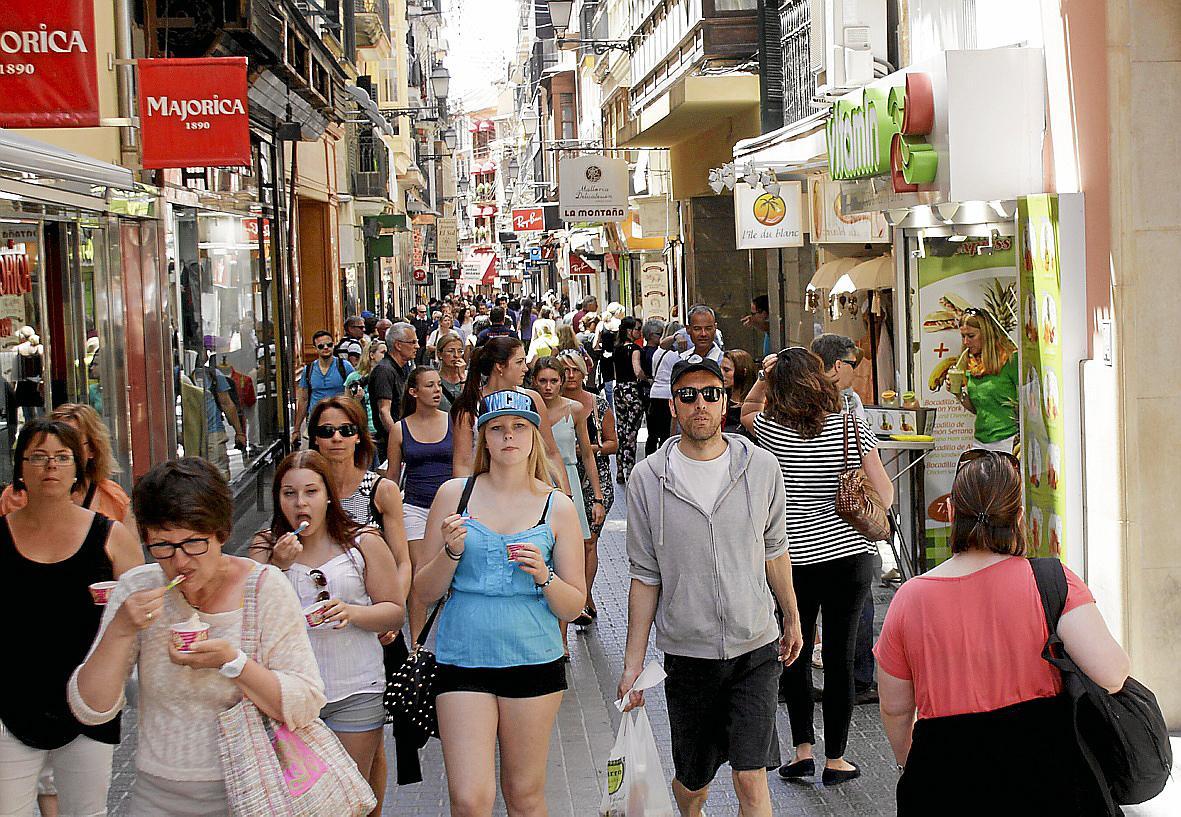Just over 50% of the population of the Balearics - 53.8% - was born on any of the islands. The demographic change through immigration has been ongoing for fifty years or more, the first big wave having been in the 1970s - employment in the tourism industry for people from other regions of Spain was a powerful factor. The second big wave was in the first years of the millennium before the financial crisis.
In Mallorca, 67.5% of the population in 1998 was born on the island. Of the rest, 26.2% were from other regions and 6.3% from abroad. By 2020, the 67.5% was down to 56%. The percentage of foreign residents had meanwhile climbed to 23.8%.
In Ibiza, the percentage of the "native" population is lower - 39.44%; the foreign population represents 29.66% and the Spanish 30.9%. Formentera has the lowest Balearic population - 35.47% - while Minorca has the highest with 58.83%; 17.9% are foreign.
The financial crisis from 2008 led to a significant decline in immigration. By 2011, more people were leaving than arriving, something that hasn't happened since. In 2019, and so before the pandemic, the number of immigrants was once again at levels similar to pre-financial crisis - 38,571 people coming in and 19,076 people leaving.
A consequence of the changing demographics can be seen among the foreign population. Moroccan, Argentine and Colombian residents now far exceed people from Germany or the UK.
Brexit has meanwhile had an impact on UK migration, or at least on official resident status. In 2020, 1,415 UK citizens "migrated" to Mallorca, 23% more than in 2019.
As for the impact of the pandemic on overall immigration, this fell by 42% last year - just over 13,000 people. Nevertheless, this number was still higher than for the years 2010 to 2015.


No comments
To be able to write a comment, you have to be registered and logged in
Currently there are no comments.